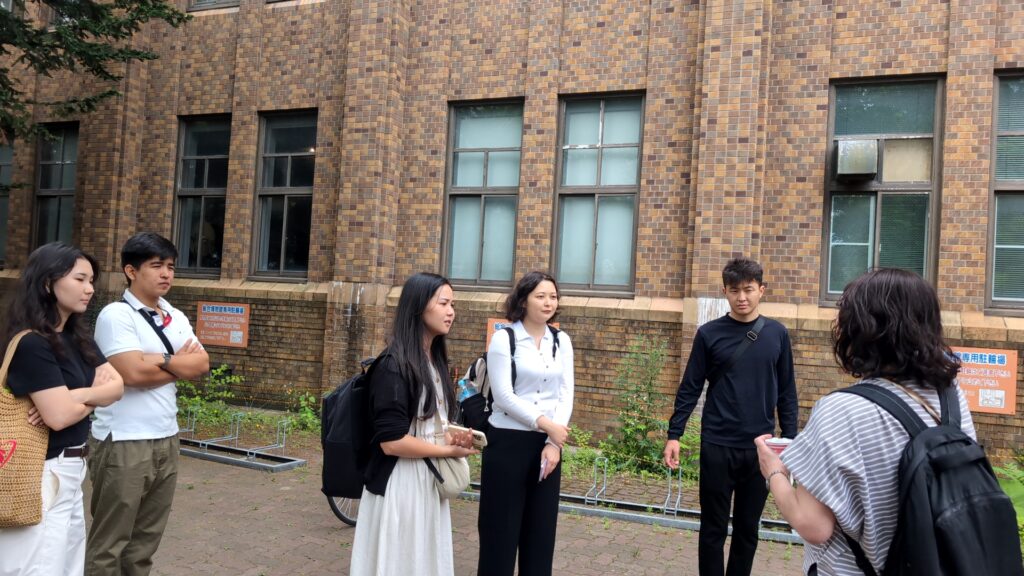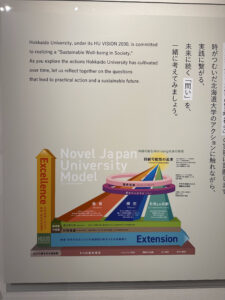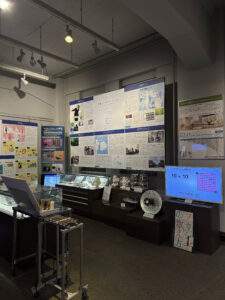Otkulbek kyzy Akylai
The thought of a university having its own museum is so simple, genius, yet rare. This was my first thought when I found out we would visit the Hokkaido University Museum in Sapporo.
What surprised me most was how open and accessible it was. The museum wasn’t built only for students or researchers—it welcomed anyone who was curious. There were rooms about insects, minerals, climate change, and even the Tokyo sewage system. It made me realize how deeply academic research shapes the systems we depend on every day, like clean water, infrastructure, and environmental protection.
This is exactly what SDG 4 (Quality Education) talks about when it emphasizes inclusive, lifelong learning. And it ties into SDG 11 (Sustainable Cities and Communities) as well—because public access to knowledge is part of building a strong, informed society. A university that shares its research openly is breaking down the walls between science and society.
I also appreciated how the museum helped tackle the “ivory tower” issue—where universities can become disconnected from real-world problems. Here, the research felt alive, relevant, and tied to public concerns.
If more universities followed this example, it could change how people view education—not just as a degree, but as something that improves everyday life. Museums like this create space for public dialogue, learning, and curiosity. And those are the things we need for a more sustainable and just future.






